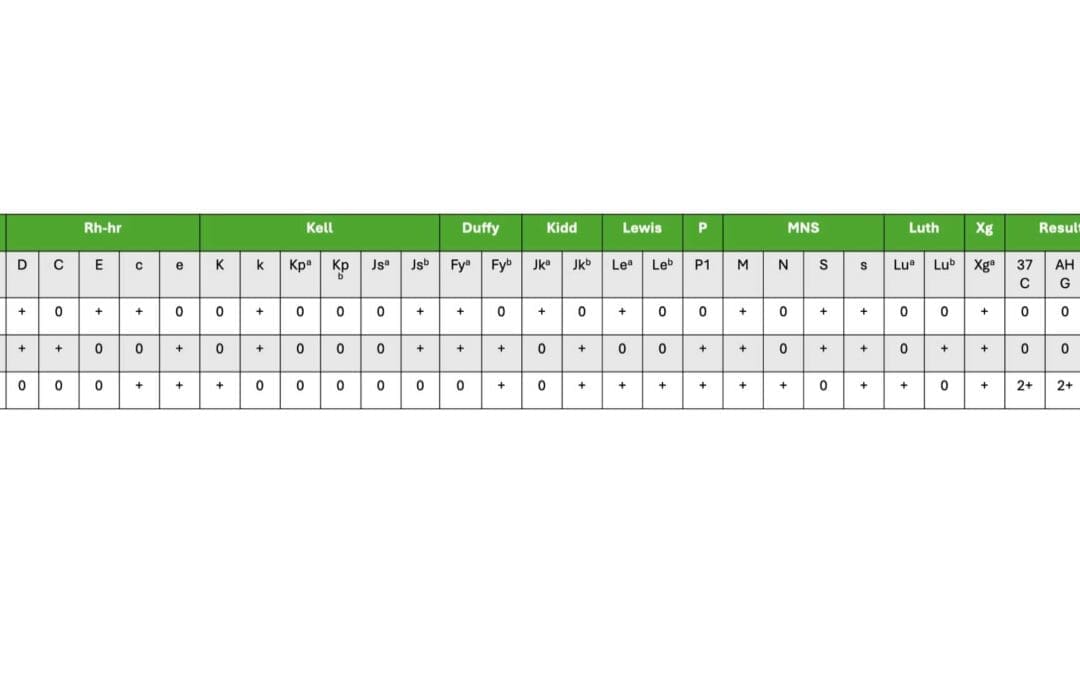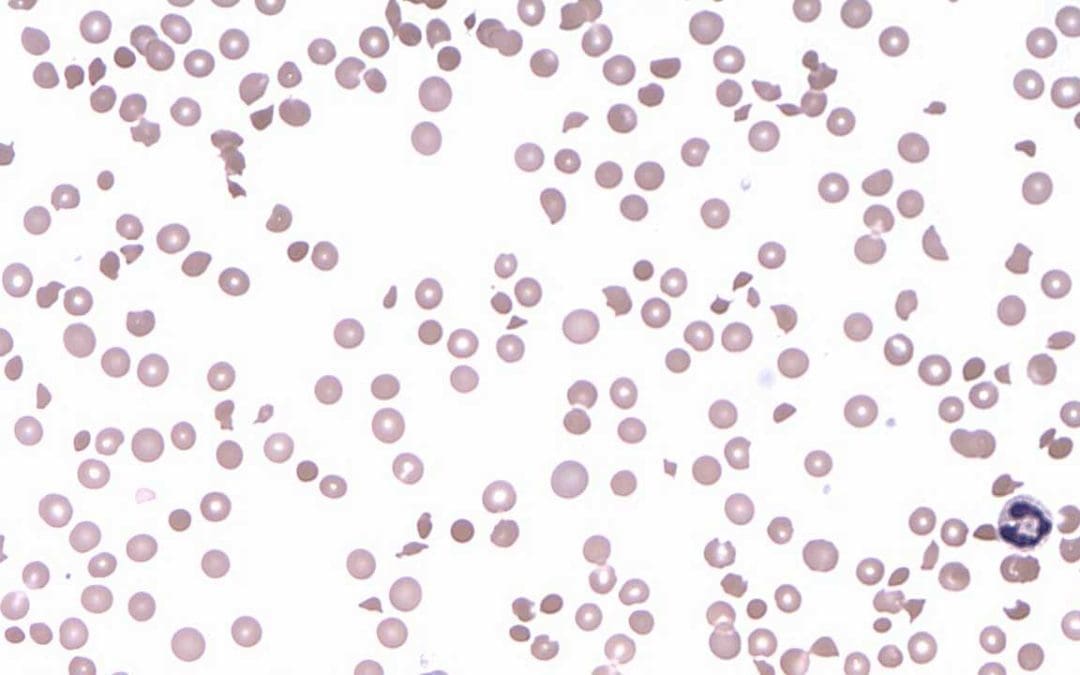
by MH Team | May 31, 2024 | Lab Protocols, Transfusion Medicine
Introduction Antibody screening, a cornerstone of blood transfusion safety, aims to detect clinically significant unexpected red blood cell (RBC) antibodies in a patient’s plasma or serum. These antibodies can develop through various mechanisms, including...

by MH Team | May 25, 2024 | Platelet Disorders
TL;DR Thrombosis are blood clots forming in blood vessels, blocking blood flow. It can occur in the veins (venous thrombosis) or arteries (arterial thrombosis). What causes it? ▾ Inherited factors (genetic mutations) – increase risk but not always a cause....

by MH Team | May 23, 2024 | Platelet Disorders
TL;DR Blood coagulation (clotting) disorders affect how blood clots, leading to either excessive bleeding or inappropriate clot formation within blood vessels. Types ▾ Inherited: Caused by genetic mutations affecting clotting factors (e.g., hemophilia A, hemophilia B,...

by MH Team | May 19, 2024 | Platelet Disorders
TL;DR Platelet function disorders disrupt the ability of platelets to clump together (aggregate) and form a proper clot. Platelets are blood cells essential for forming clots and stopping bleeding. Causes ▾ Inherited: Caused by genetic mutations affecting platelet...

by MH Team | May 17, 2024 | Platelet Disorders
TL;DR Thrombocytopenia is a condition characterized by an abnormally low platelets in the blood (generally below 150,000 platelets per microliter). Causes ▾ Decreased Platelet Production: Bone marrow disorders, vitamin deficiencies, medications, infections. Increased...







Recent Comments